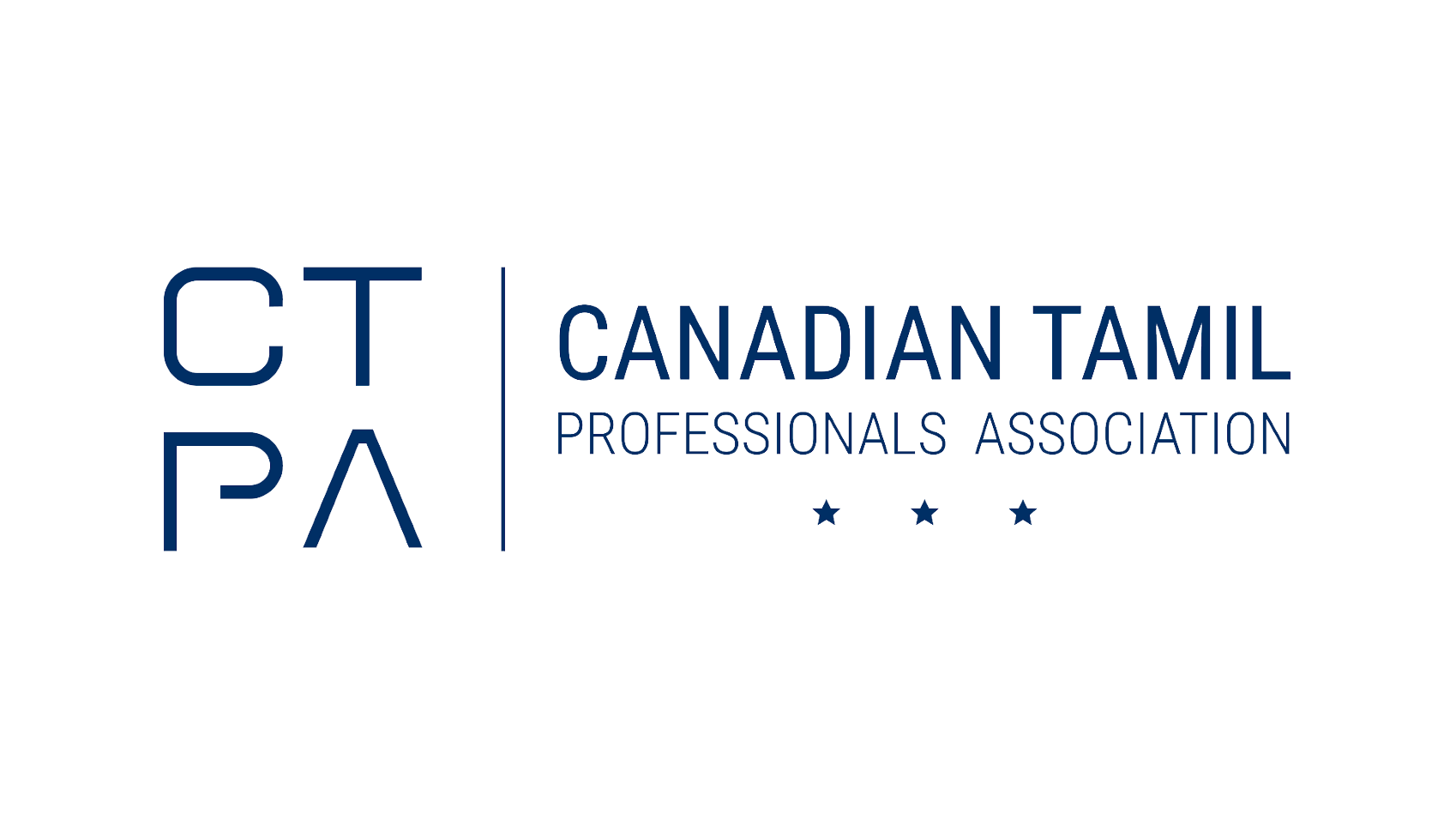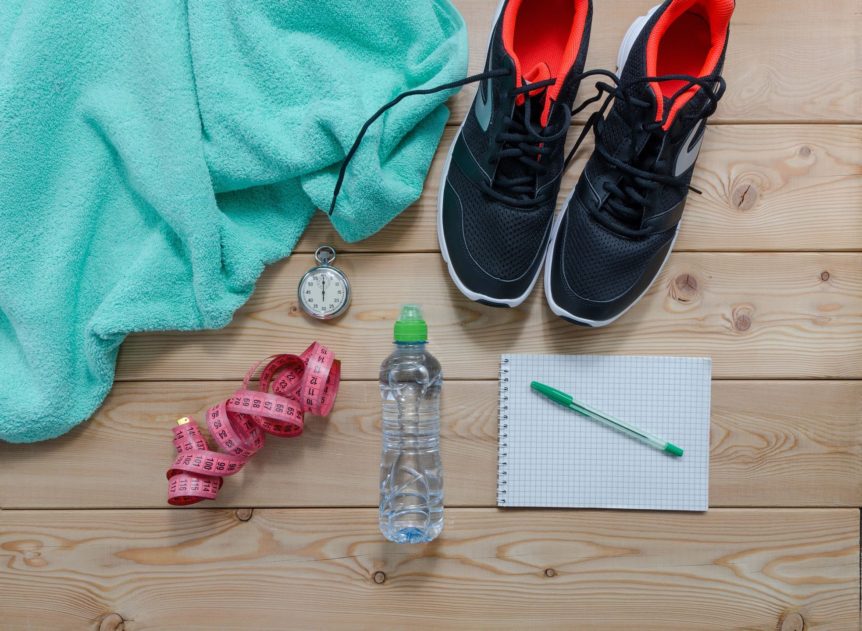I can sit here all day lecturing you on the importance of exercise and its role in prolonging longevity and decreasing the risks for diseases – but that’s pretty obvious if you ask me. Though it is quite obvious, there are always obstacles to keeping healthy, just like a fence that is too tall to climb. If you ask any health care professional what peoples’ biggest barrier to exercising is, they will undoubtedly say “time.” In the best-selling book “The 7 Habits of Highly Effective People,” Stephen Covey explains, “the problem is that our society says go in earlier, stay later, be more efficient- but the truth is that balance and peace of mind are not made by these. They only follow a person who has a clear sense of his or her highest priorities.” Daily exercise should definitely be on that priority list!
Whether or not you believe that 24 hours is enough time in a day, devoting one hour for exercise is a relatively small amount of time that can leave you feeling like a million bucks (cliché, I know). Chronic exercise for as little as 20 minutes a day has been linked to better mood, psychological well-being, cognitive function, and obviously – better health. Why should any of this matter to the business professional? If you are in a better mood, you are far more likely to be productive and you are more likely to build positive relationships with family, friends and co-workers. So you get that exercising is beneficial but you are probably thinking:
- How can I exercise when I work 9-5?
- Do you even lift yourself, bro?
- Or like this meme:
In today’s employee-friendly society, some companies have gyms in their buildings. You can head there for a quick lunch or early morning workout. Instead of sitting at your desk all day, get up and walk around every half hour, or go for a walk on your lunch break. You might spend your lunch hour working instead, but what good is wealth and power if you are not healthy and energetic enough to enjoy it? To make matters worse, eating out frequently may compound the effects of lack of exercise. Exercise is only a small part of the equation; what we eat plays a much bigger role. A healthy dietlow in saturated fats but high in fiber, protein, and complex carbs is the winning formula. Also, contrary to popular belief, exercise serves as a mild appetite suppressant for the first few hours following intense exercise (Oscai, 1973). Unfortunately, the reasoning for this is still inconclusive.
Why should I exercise? The answers to this question could be made into a book, but I’ve narrowed it down to two key reasons:
- Studies from McMaster University’s medical school show that compared to the general population, South Asians have a higher risk of cardiovascular disease (i.e. heart attacks, atherosclerosis, etc.) because of our genetics and our high-carb and high-fat diets. As many of you know, South Asian cuisine has a variety of dishes that incorporate saturated fats (Anand et al., 2009; Rana et al., 2014).
Solution: Aerobic exercise (i.e. running, a spin class, etc.) is cardioprotective, meaning it can protect the heart from disease (Swain & Franklin, 2006).
- Sitting for prolonged periods (i.e. desk jobs) of time has been associated with developing cardiovascular disease (Katzamarzyk et al., 2009).
My twelfth grade gym teacher and soccer coach always used to tell me “your body will treat you the way you treat it.” This statement could not be further from the truth. Start exercising daily through intrinsic motivation and for your own personal health and happiness. Eat fruits, cut back on that rice and curry at night, drink more water, set a timer to get up and stretch every 45 minutes, take the stairs to work, park a little further from your workplace so you can take a longer walk, or get off a stop or two earlier. Small changes over time can have a large cumulative effect. It is only through the intention of wanting to change and actually making these small changes that change can truly happen. I know I used the word “change” a lot in the last sentence, but improving how you feel can do wonders for positive thinking and living a more healthy, holistic, and productive life. For me, discipline has always been the bridge between my goals and accomplishments when I work out. It is about setting goals for yourself, being proactive, and staying true to yourself so that you can achieve them. We are all capable of accomplishing great things; it all depends on our outlook on life. For the record, I am no personal trainer, but I hope this advice helps.
With that, I leave you with a quote I came across the other day from the American businessman Jim Rohn: “Take care of your body, it is the only place you have to live.”
Here are some exercise guidelines from the Canadian Society for Exercise Physiology (CSEP): http://www.csep.ca/CMFiles/Guidelines/CSEP_Guidelines_Handbook.pdf
Contributed by Tharmegan Tharmaratnam
Tharmegan Tharmaratnam completed his undergraduate degree in kinesiology at the University of Toronto. He holds experience from working with Olympic and NHL athletes through the Canadian Sport institute Ontario. He describes himself as a gym junkie, running addict, and a science lover. Tharmegan can be reached at [email protected].
References:
Anand. S. et al. (2009). Genetic variants associated with acute myocardial infarction in 8,000 individuals from five ethnics groups: the INTERHEART genetics study. Circulation Genetics, 2: 16-25
Katzmarzyk, P.T., Church, T.S., Craig, C.L., Bouchard, C. (2009). Sitting time and mortality from all causes, cardiovascular disease, and cancer. Medicine and Science in Sports and Exercise, 41(5): 998-1005
Oscai, L.B. (1973). The role of exercise in weight control. Exercise and Sport Sciences Reviews, 1, 103-123
Rana, A., de Souza, R.J. Kandasamy, S. Lear, S.A., Anand, S.S. (2014). Cardiovascular risk among south Asians living in Canada: a systematic review and meta-analysis. Canadian Medical Association Journal, 2(3): E183-E191
Swain, D.P. & Franklin, B.A. (2006). Comparison of cardioprotective benefits of vigorous versus moderate intensity aerobic exercise. American Journal of Cardiology, 97(1): 141-147



